Where’s the Sanitizer?
Go to visit someone in the Broome County jail and you confront a large sanitizing station right before you enter the metal detector. It makes sense: trying to control the flow of illnesses into and out of crowded public institutions is basic preventative medicine. The only problem? Watch: persons headed inside place their hands under a spout–and nothing happens. They shake the spout and it rocks loosely. The sanitizer has been dry, unplugged, and empty for as long any visitors can remember. It’s the state of care and preparation for a flu pandemic in the Broome County jail, as in many upstate areas. Even the most basic healthy practices are impossible in the jail.
Start with sanitizer inside: guards and the incarcerated have no access to any in the pods where up to 60 persons are housed together. The guard sits at a station without sanitizer. Guards do have it in their separate bathrooms and in the visiting room, and it exists in the medical pod for staff use. Everywhere else, everyone remains unprotected. Persons incarcerated ten years ago recall that sanitizer was then widely available. Where did it go, and why?
[Update: the day after this post was published online, sanitizer appeared in the visitors’ waiting room. There is still none in the pods where people live and work.]
And soap to wash your hands? Incarcerated persons are given
one “indigent hygiene pack” that supplies one 4 oz bottle of liquid soap a
week—imagine trying to shower, wash your face, and have any left over for daily
hand washings? Impossible. And social
distancing? Well, try to avoid other persons when you are in a double occupancy
cell (even as there are empty pods and cells). Cover your mouth when you sneeze
with a tissue—when there are no tissues to be had? What do you do if you are
shackled or handcuffed?
And food and nutrition? Coerced and incarcerated kitchen workers report that for years food has been prepared for both the incarcerated and guards without the private food contractor enforcing basic sanitary regulations. Little hand washing is said to ever take place in the kitchen, shared dishes and utensils are not sanitized properly in dishwashers, food trays are moldy, meals are served with live insects, and food, staff, and the incarcerated travel everywhere. This not news: the current private food provider has a terrible record as community organizations long ago told the County Executive and legislature. Persons boarded in from surrounding counties are shocked at the quantity and quality of the food. Sick and healthy persons mingle constantly, without care or concern.
These are signs of a broken system that has long been brought to county and state officials’ attention. Public protests at the jail and at county legislative meetings have been constant. Statistics and news reports show excessive death rates, medical shortcomings, and financial malfeasance. Families have filed wrongful death lawsuits with growing numbers and success as in the cases brought by the families of Alvin Rios, Salladin Barton, Rob Card, and now Thomas Husar.
****************
What is to be done?
The arrival of the coronavirus in our jail threatens not only those in the jail but those in the surrounding community, as we know all too well from brutal and diffusing infection rates China’s prisons, the release of prisoners in Iran to avoid further infections, and ongoing prison revolts and family protests in Italy due to overcrowded conditions and the termination of visiting rights.
What should we do? We can
- Improve medical and health care inside immediately
- Reduce the numbers in the jail substantially
- Fire jail administrators and begin a transition to end the mass incarceration system in the county
1. Improve conditions immediately: for those inside, providing sanitizer, soap and better food (and finally some fruit, any fruit) will help. So too would opening access to worried family and friends, many of whom cannot visit due to work or distance from Binghamton. The county might finally consider having weekend visiting hours. It might open up use of unused, non-contact visiting rooms that allow separation between people. The county should also stop making gross profits from phone calls, and immediately lower prices and allow free calls for indigent persons in need.
2. Reduce the number at risk: short-term measures will not prevent the pandemic from sweeping through the jail and into the community. This calls for more direct action. County jails like Broome’s have tens of thousands of persons who cycle in and out, on short stays, over the course of year.
Locking the jail down is no
solution. Family visitors will rightly panic over the fate of loved ones. And
that will not stop movement into and out of the community: hundreds of lawyers,
service workers, guards and even judges move in and out every day, not to
mention persons going back and forth to court every day. And those released are
coming home every day.
The most critical action is to reduce
the number vulnerable to the virus in the jail and thus reduce the coming
demand for complex medical care in the jail and in the community.
How? We should dramatically reduce the number of persons by these actions:
- Release
all persons with low-level offenses by following the new bail law,
reclassifying misdemeanor offences into non-jailable offenses, and using
citations for low-level crimes. Can we not accelerate these measures, as has
begun with the new bail law, whose implementation matches falling crime rates?
- Release
all pregnant women to community care, particularly those with disabilities and
substance use disorders. Do we really think incarcerating pregnant women for
minor offenses is in the service of public safety?
- Release
as many as possible elderly, disabled, and medically fragile persons. Given data on death rates by age and health
condition, should elderly and ill persons be left so vulnerable in closed
institutions?
- Release
persons with substance use disorders into community-based care. Is the jail
really a medical center for treating diseases?
- Release
those committed to jail for technical parole and probation violations. Does it
really make sense to send my neighbor’s kid to a long-term stay in the jail for
smoking weed?
- Reduce
unnecessary parole and probation hearings. Do we really want many of our
poorest and often sick residents travelling by hours on public transport,
congregating in large waiting rooms, and talking to officers—all for brief
meetings?
- Stop
the jail from being a dumping ground for persons sent from all over the region
on behalf of homeland security, ICE, and federal agencies. Does the county
really need the profits from boarding in persons for federal agencies?
There is a cost
with these measures: letting persons come home and isolate outside the jail
would surely require expanded reentry help, most immediately housing and
medical care. Community-based agencies to handle medical care and reentry
services, if funded, exist. Housing presents a real challenge, requiring state and county funds to
repurpose empty hotels, dorms, and apartment buildings. Whatever the costs of a
long-term transition to community treatment and assistance, they would surely
be less than forcibly isolating ill persons in group settings and denying them
basic medical care.
3. Any long-term, substantive improvement in medical care would begin with the termination and replacement of the private, out-of-state contractor with a new public health and food service. And no change will occur unless Sheriff Harder, who has constructed and run the jail for over 20 years, and in a recent court ruling was deemed directly and personally responsible for an inmate’s unnecessary death, is replaced.
****************
What we need: oversight and an end to the jail as we know
it
The dilemmas we face are not by chance: Broome County, like upstate
counties, is ill-prepared by design. Previous pandemics in jails and prisons
have been studied, and national plans to address them have been developed by
the CDC
and researchers at the Bureau of Justice
among others.
You will not however readily find any consideration of these
in county emergency operations plans which by law are forwarded every year to
the Governor. Unlike other counties, Broome does not even have plans on its website. Where such plans exist, as on Monroe or Sullivan
county websites, they are not reassuring: the separate sections dealing with
pandemics rarely if ever consider the needs of institutionalized populations. There
is little mention of nursing homes and none regarding jails. Worse, the Broome County
Health division tasked with the surveillance and prevention of communicable
diseases has seen its staff cut by 20% and its funding by nearly 30% in the
last 10 years.
These are the results of
savaging the public health system and cutting health budgets in order to fund
the expansion of jail, police, and district attorney budgets. The results
are in hand: Broome County ranks 57th in health outcomes among the state’s 62
counties, with the jail severed from public health services, and protected from
investigation by county officials.
There is an elemental truth here: our large jail system was
built without any link to public health services, and lacks basic
evidence-based health care and any effective oversight. For those incarcerated,
their families and staff, managing COVID-19 under these conditions will be impossible.
Now, not in some distant future, is the time to radically reduce the jail
population, investigate current failures and abuses, and restructure the
facility. The Governor and state legislators could begin this process by
opening up an investigation of upstate jails as proposed in Assembly
Bill 4373.
These times will test us: do we retreat into self-isolation
and fear, or do we maintain a common humanity with those among us, especially with
the poorest, the oldest, the ill?
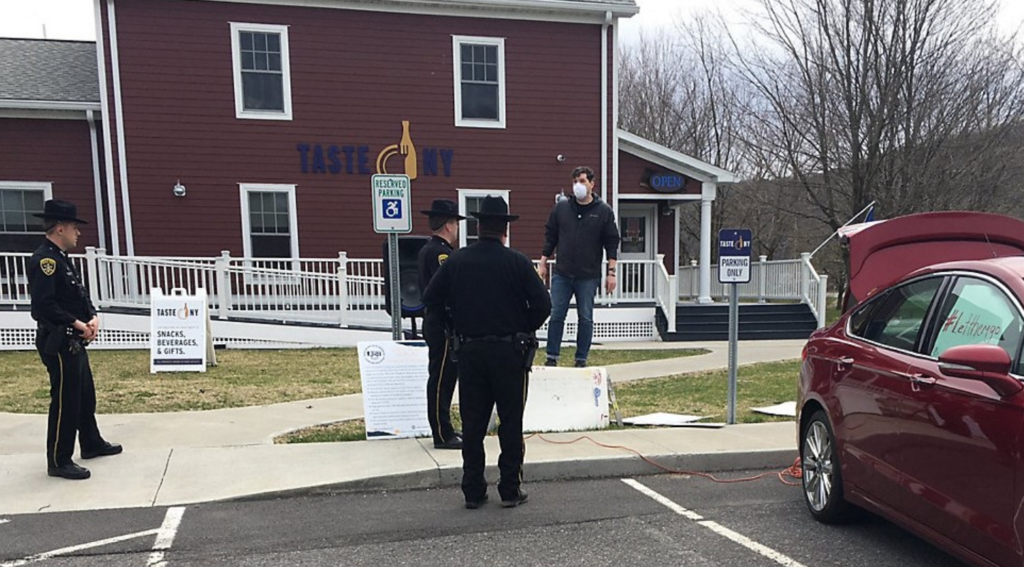
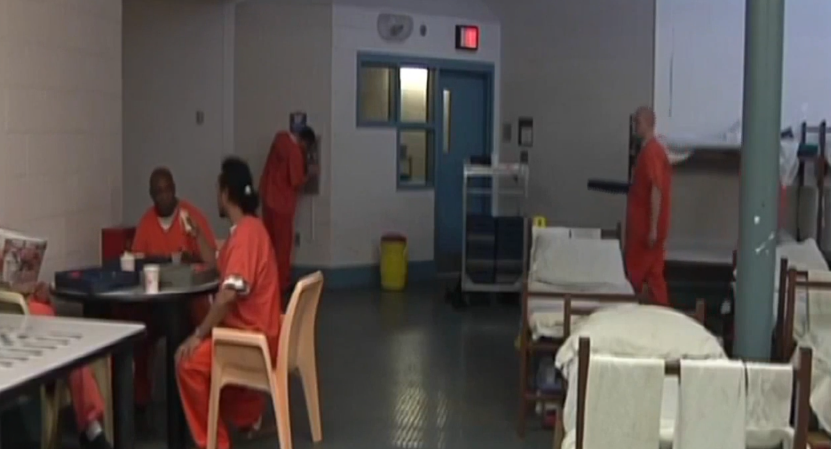
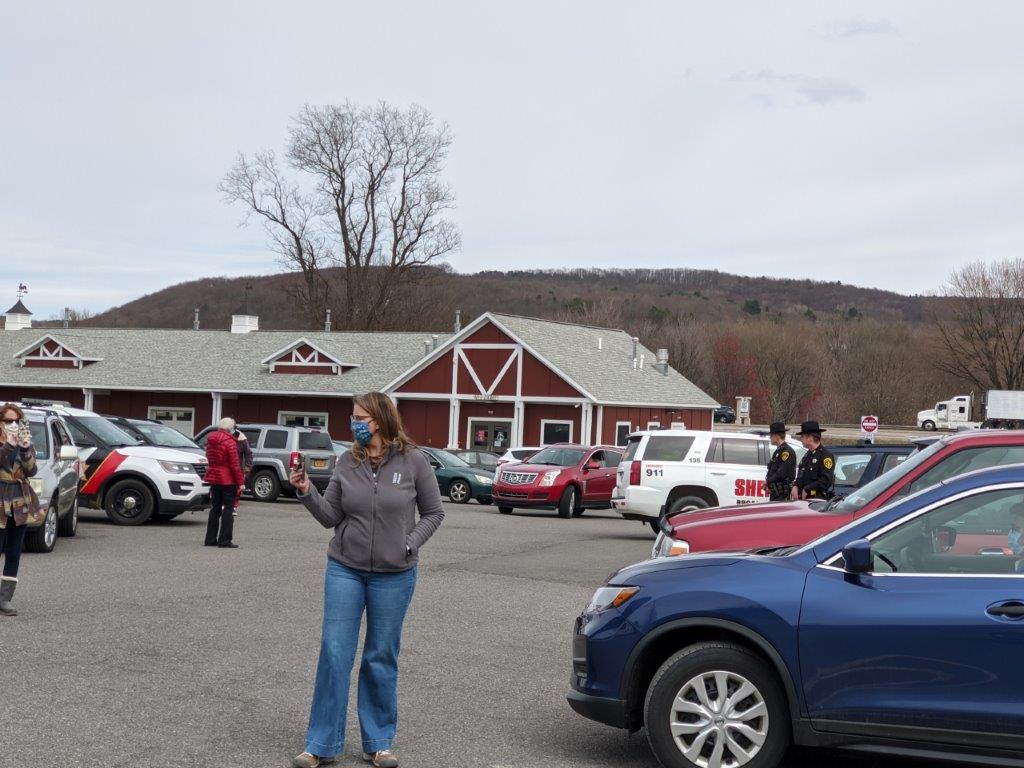

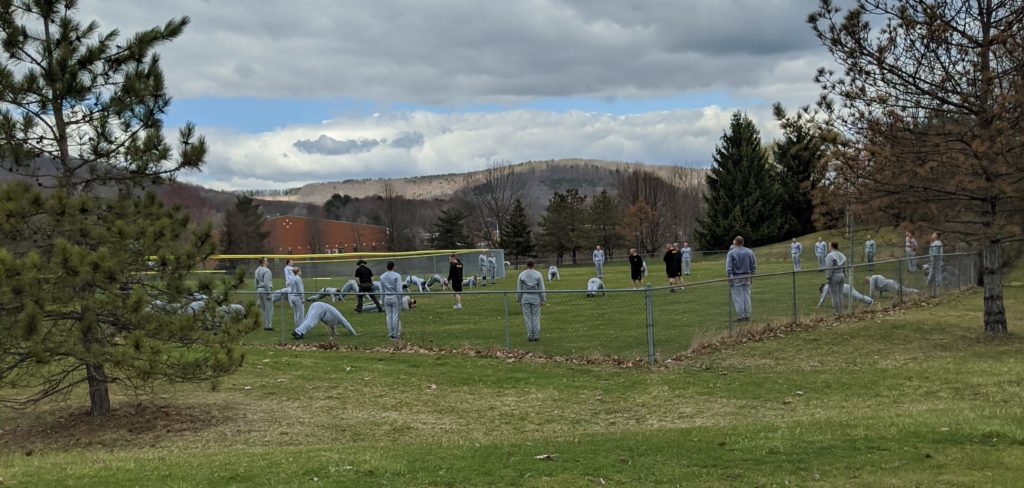


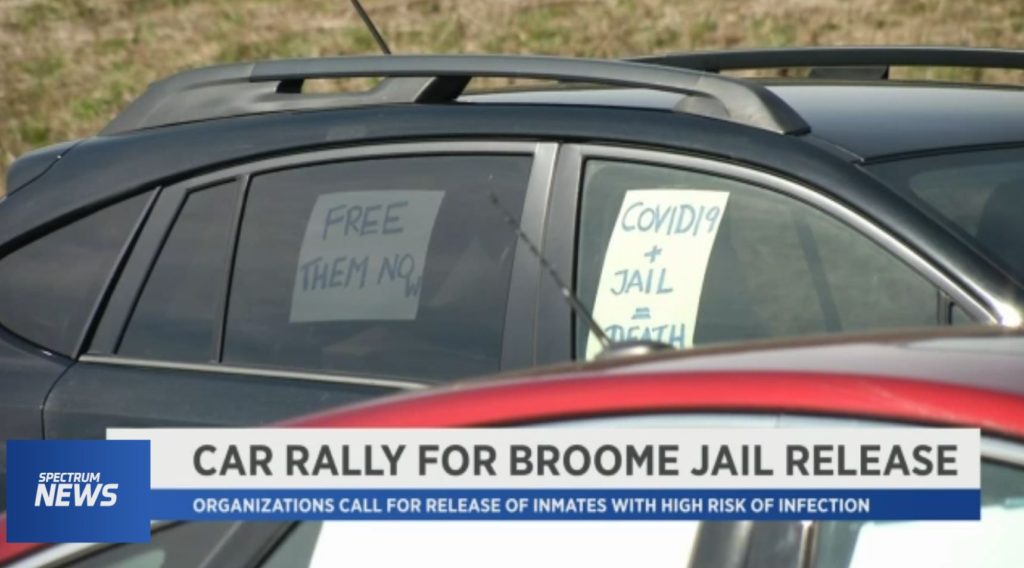
Recent Comments